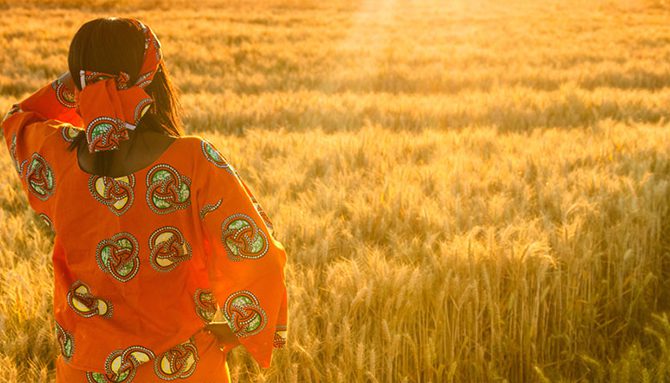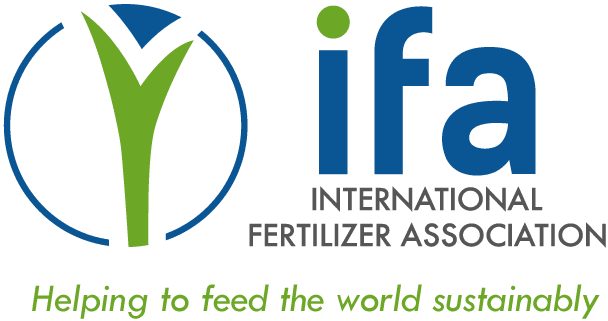Practical solutions to sustainably intensify agriculture in sub-Saharan Africa
An agronomic revolution is needed in sub-Saharan Africa (SSA), which is home to 31% of the world’s 821 million hungry, according to the FAO (2019). The challenge is to move SSA from the current situation, characterized by an important food demand- supply gap, to sustainable intensification (SI).
While differences persist on the definition of sustainable intensification, most agricultural experts agree that it “integrates increased crop productivity and profitability, sustenance of key ecosystems services regulated or affected by agricultural land and inputs, and stability of production against shocks and stresses such as climate change” (Vanlauwe and Dobermann, 2020).
The challenge is complex and requires long-term, well-tailored policies, however, valuable lessons can be drawn from other regions having gone through similar transformations at different stages of development.
Priorities should be set on specific pragmatic solutions that take into consideration the constraints under which SSA’s smallholders operate.
Below are four key lessons that can help move SSA’s agricultural systems towards sustainable intensification:
-
- Lesson 1: smallholders need immediate returns on their investments
Any new agronomic intervention must lead to a recognizable yield increase and profit increase of at least $50/ha to be of interest to farmers. Without immediate benefits, any intervention (be it the use of inputs, better decision-making tools, or new technology) is doomed to fail.
- Lesson 1: smallholders need immediate returns on their investments
-
- Lesson 2: Sustainable intensification cannot happen without fertilizers
Experience from all world regions demonstrates that growth in crop production is strongly driven by growth in fertilizer use, at least during the first decades of intensification. Sustainable intensification requires for such inputs to be used as efficiently as possible for economic and environmental reasons. Integrated Soil Fertility Management (IFSM) which focuses on the co-deployment of fertilizer and amendments to increase fertilizer use efficiency and tailors nutrient management to site-specific conditions, is the best way forward for SSA countries.
- Lesson 2: Sustainable intensification cannot happen without fertilizers
-
- Lesson 3: Investment in fertilizer needs to be combined with other agronomic improvements
Fertilizer will always come at a cost and the returns on investing in this commodity must be large and stable over time. Increased fertilizer use must be combined with other investments that aim to maximize the value generated by the use fertilizer, such as: improvements in rural infrastructure, access to profitable markets, investments in irrigation, functional agro-input supply chains for seeds, fertilizer, soil amendments etc.
- Lesson 3: Investment in fertilizer needs to be combined with other agronomic improvements
- Lesson 4: Investments in technology that target environmental services should follow profitable increase in crop yields and not vice versa
Once smallholders start benefitting from increased yields, production and income, can they invest in other aspects of farming, such as crop rotations or new crops, enhancing their soil organic pool or plant trees on their farms. Applying the reverse logic, aka prioritizing environmental services above increased yields does not result in sustainability nor intensification of smallholder farming systems.
First things first:
Principles of SI can form the basis of long-term agricultural policies in SSA. There is a lot of potential for SSA’s countries to join forces and work together to establish these principles, but without losing sight of the most pressing needs of their population, i.e. jumping to a new level of crop performance. In order to do so, some key elements cannot be neglected: looking after soils, improving crop systems and agronomic practices and making the best use of seed, fertilizer and water. For now, the top priority should be to ensure that yields are increasing with high returns on investment for a large proportion of smallholder farmers; a true agronomic revolution can then begin, supported by big data, remote sensing and digital tools.
Read the original July 2020 article by Achim Dobermann and Bernard Vanlauwe here: “Sustainable intensification of agriculture in sub-Saharan Africa: first things first” .

